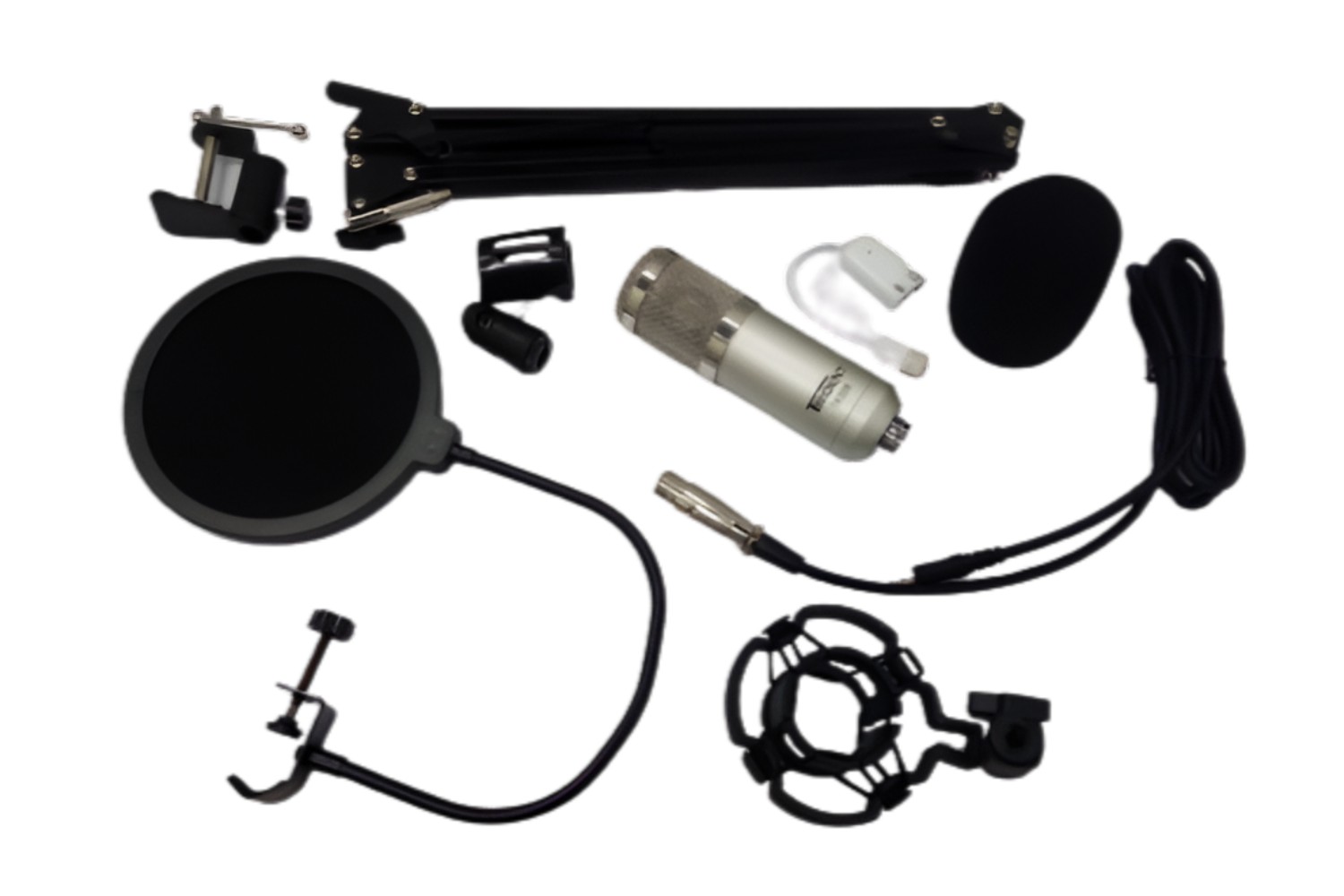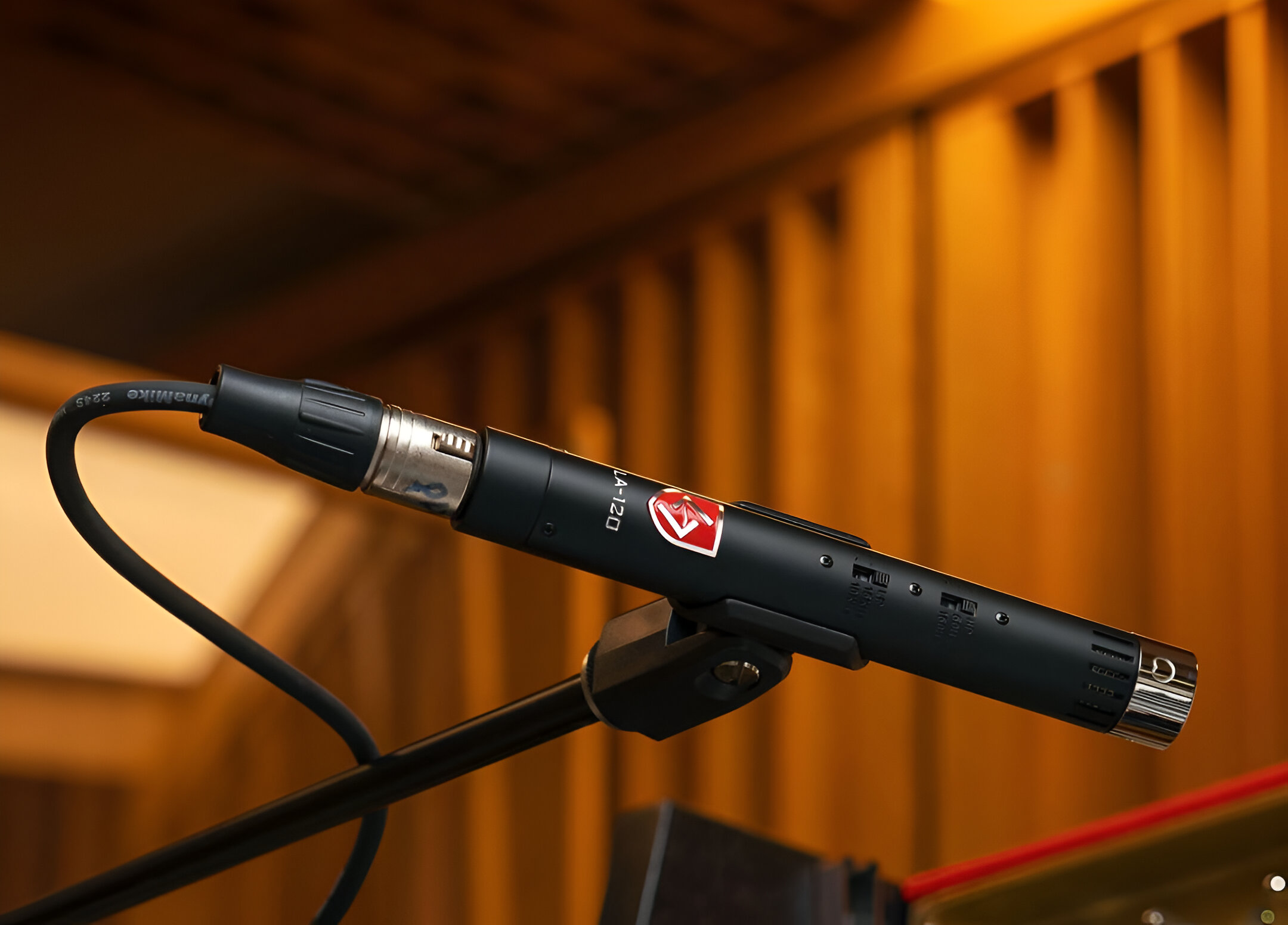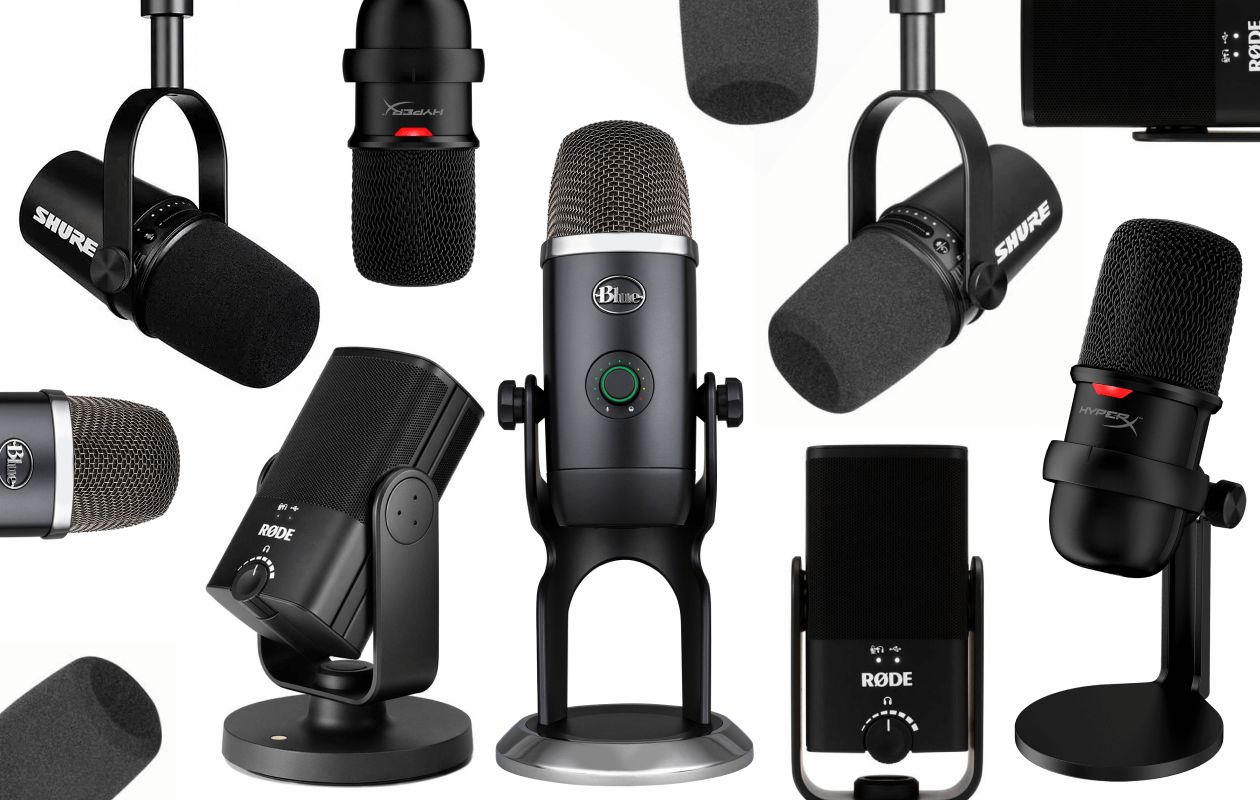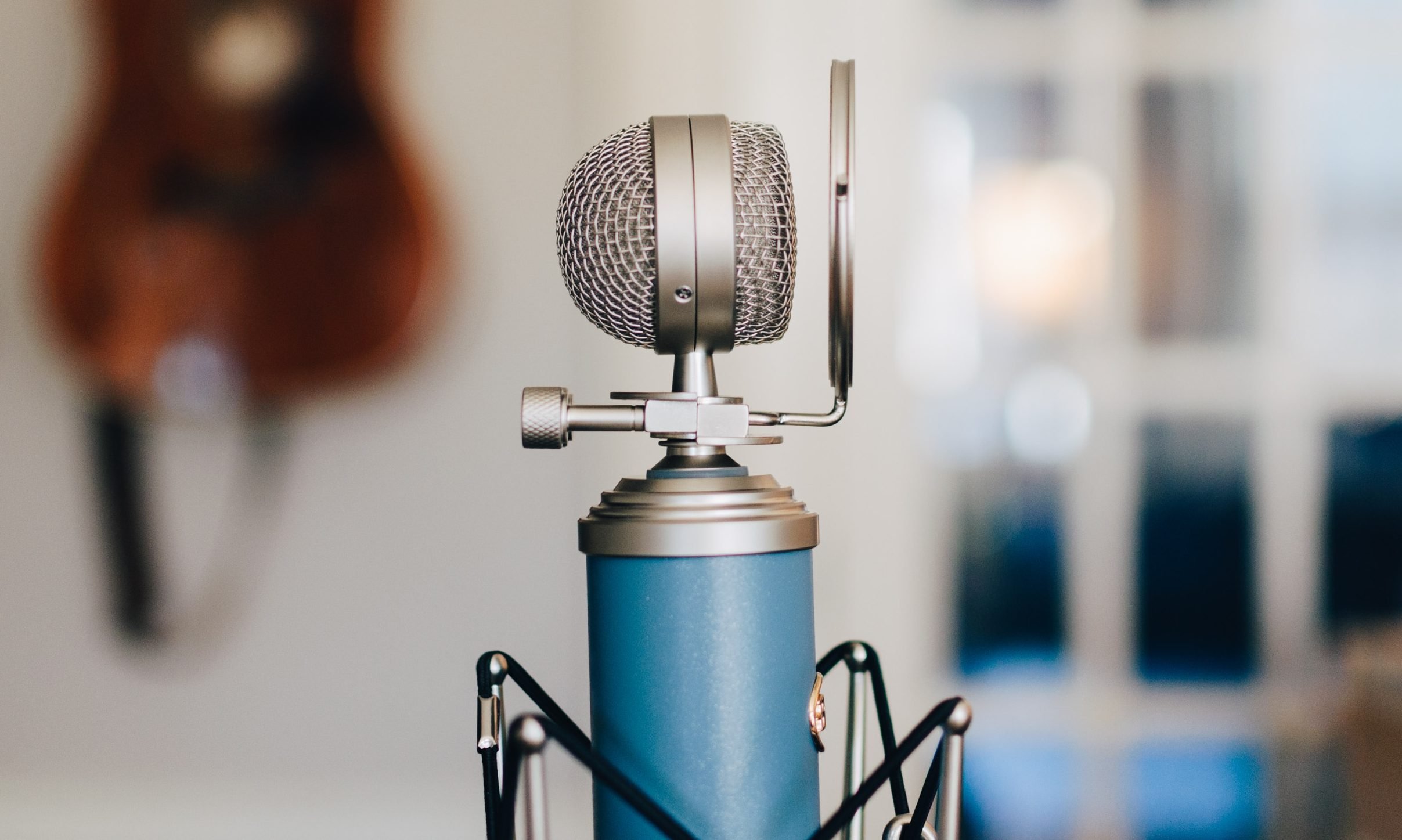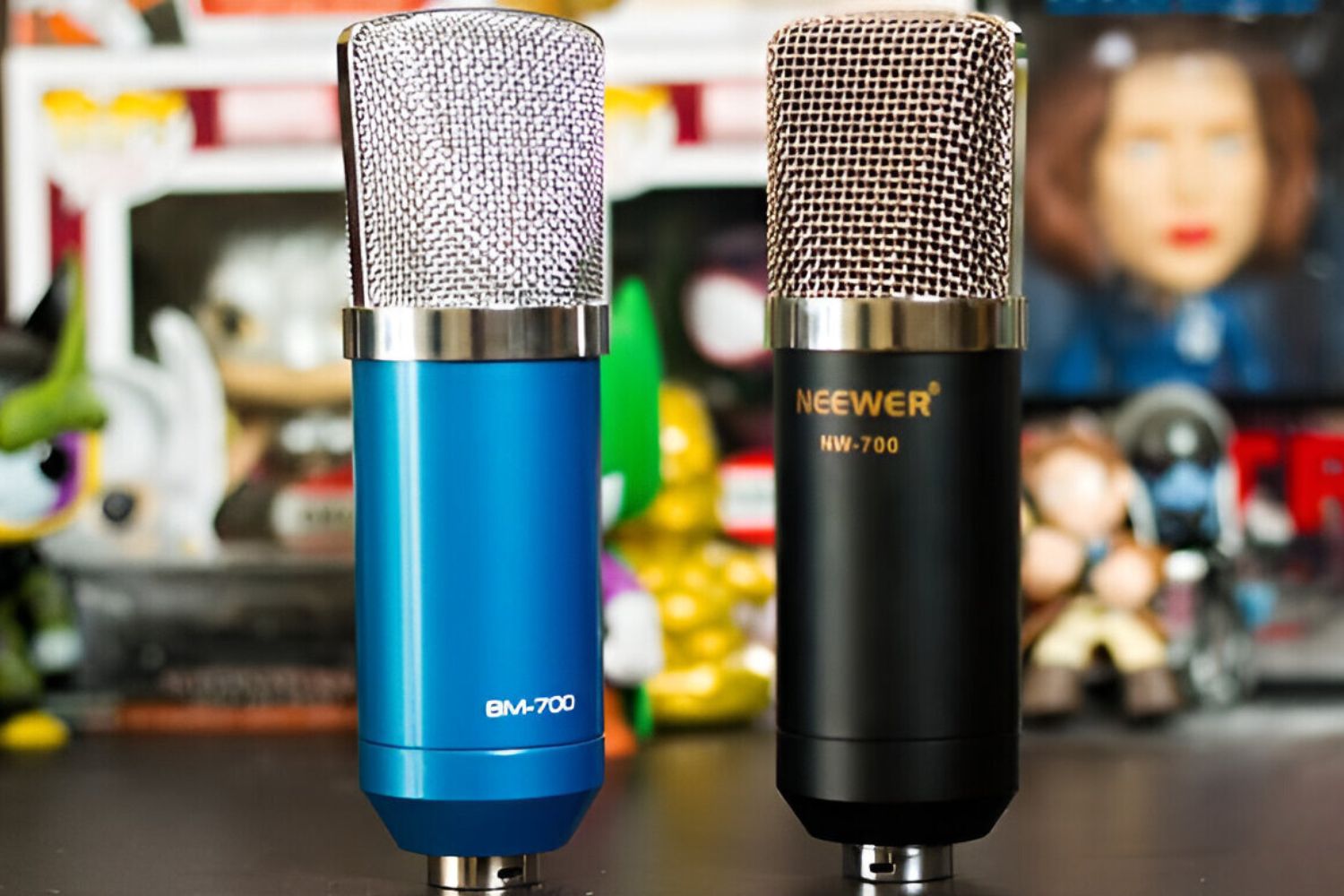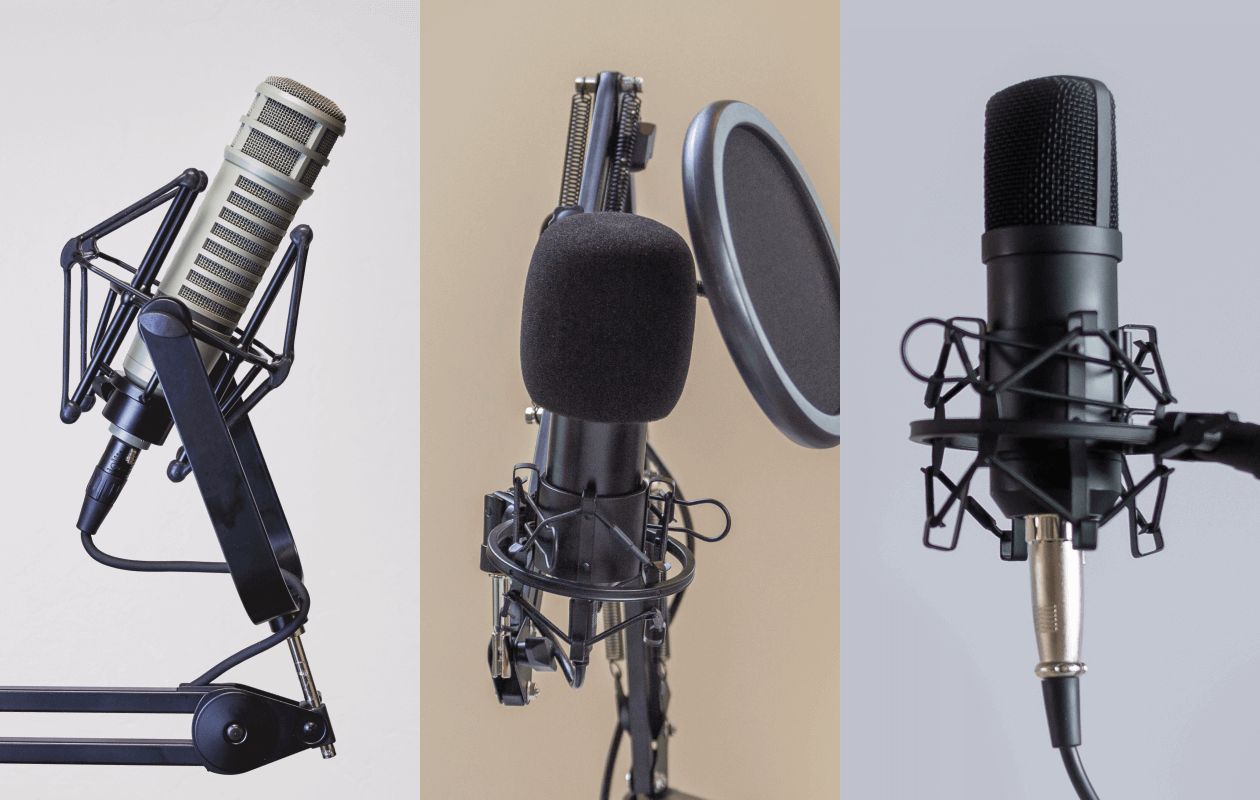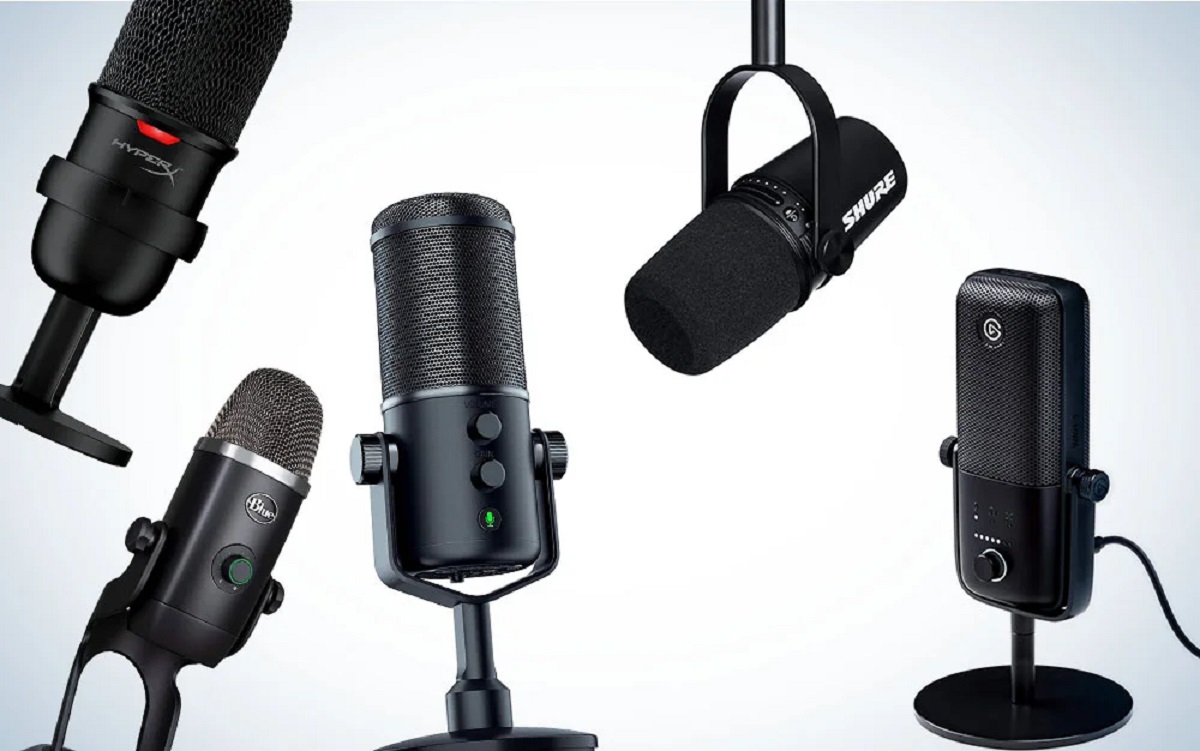Shock Mount
A shock mount is an essential accessory for a condenser microphone, designed to isolate the mic from vibrations and physical disturbances. This crucial component plays a significant role in enhancing the audio quality captured by the microphone. Here’s why a shock mount is a must-have accessory for any condenser microphone setup:
- Vibration Isolation: The primary function of a shock mount is to isolate the microphone from external vibrations. Whether it’s the rumble of footsteps, the hum of nearby machinery, or the subtle movements of the microphone stand, these vibrations can negatively impact the recording quality. A shock mount effectively minimizes these disturbances, ensuring that the microphone captures clean and clear audio without any unwanted noise.
- Enhanced Sound Quality: By reducing the impact of vibrations and handling noise, a shock mount contributes to improved sound quality. It allows the condenser microphone to capture the intended audio with greater precision, resulting in recordings that are free from unwanted distortions or low-frequency rumble.
- Protection Against Physical Shocks: In addition to isolating the microphone from external vibrations, a shock mount provides a layer of protection against physical shocks and jolts. This is particularly beneficial in live recording situations or in studios where accidental bumps or movements can occur. The shock mount acts as a safeguard, preventing these physical disturbances from affecting the microphone’s performance.
- Professional Aesthetic: Beyond its functional benefits, a shock mount also contributes to the professional aesthetic of a recording setup. It adds a polished and professional look to the microphone assembly, making it an appealing visual addition to any studio or stage setting.
When selecting a shock mount for a condenser microphone, it’s important to ensure compatibility with the specific microphone model. Different microphones may require shock mounts designed to accommodate their unique shapes and sizes. Additionally, some shock mounts offer adjustable mechanisms to secure the microphone firmly in place while providing the necessary vibration isolation.
Overall, a shock mount is an indispensable accessory for any condenser microphone, delivering both practical benefits and aesthetic appeal while safeguarding the integrity of audio recordings.
Pop Filter
A pop filter, also known as a pop shield or pop screen, is a vital accessory for condenser microphones, serving multiple essential functions in audio recording. Here’s a closer look at the significance of incorporating a pop filter into a microphone setup:
- Minimization of Plosive Sounds: One of the primary roles of a pop filter is to mitigate plosive sounds that can occur during vocal recordings. Plosives are the sharp bursts of air that result from pronouncing “p” and “b” sounds, which can cause disruptive bursts of low-frequency energy when they hit the microphone diaphragm. A pop filter acts as a barrier, diffusing these bursts of air and preventing them from reaching the microphone, thereby reducing the impact of plosive sounds in vocal recordings.
- Reduction of Sibilance: In addition to addressing plosive sounds, a pop filter helps minimize sibilance, which refers to the harsh “s” and “sh” sounds that can be exaggerated when captured by a sensitive condenser microphone. By dispersing and diffusing the airflow from these vocal sounds, the pop filter aids in producing smoother and more balanced vocal recordings, free from distracting sibilant peaks.
- Protection of Microphone Diaphragm: Beyond its role in improving audio quality, a pop filter also provides a layer of protection for the microphone’s diaphragm. It acts as a shield against saliva, moisture, and airborne particles that may be expelled during vocal performances, thus safeguarding the delicate components of the microphone from potential damage or deterioration over time.
- Enhancement of Aesthetic Appeal: Apart from its functional benefits, a pop filter contributes to the visual appeal of a microphone setup. With various designs and materials available, pop filters can add a touch of professionalism and style to the recording environment, enhancing the overall presentation of the microphone while serving a practical purpose.
When selecting a pop filter, considerations such as the type of microphone being used, the desired level of sound transparency, and the physical space available for mounting the filter should be taken into account. Some pop filters feature flexible gooseneck arms for precise positioning, while others are designed for easy attachment to microphone stands, offering versatility in different recording setups.
In summary, a pop filter is an indispensable accessory for condenser microphones, providing essential functions that contribute to improved audio quality, vocal clarity, and the protection of delicate microphone components.
Mic Stand
A mic stand is a foundational accessory that plays a pivotal role in providing stability, positioning flexibility, and ergonomic support for condenser microphones. Whether in a studio recording environment or on stage during live performances, a reliable mic stand is essential for achieving optimal microphone placement and ensuring a seamless recording experience. Here’s a closer look at the significance of incorporating a mic stand into a condenser microphone setup:
- Stability and Security: A mic stand offers a stable and secure platform for mounting the condenser microphone, minimizing the risk of accidental knocks, vibrations, or slippage during recording sessions. This stability is crucial for capturing consistent and reliable audio, especially in dynamic performance settings where the microphone may be subject to movement or physical disturbances.
- Positioning Flexibility: Mic stands provide the flexibility to adjust the height, angle, and orientation of the microphone, allowing for precise positioning to capture the desired sound. Whether it’s adjusting the microphone’s proximity to instruments, vocalists, or sound sources, a mic stand enables fine-tuning of the microphone’s placement, ensuring optimal audio capture and clarity.
- Ergonomic Support: In studio settings, where extended recording sessions are common, a well-designed mic stand contributes to ergonomic support for the microphone operator. By allowing for comfortable positioning and easy access to the microphone, a mic stand helps reduce fatigue and strain, promoting a more relaxed and focused recording experience.
- Versatility and Adaptability: Mic stands come in various designs, including tripod stands, boom stands, and desk-mounted stands, offering adaptability to different recording environments and performance requirements. Some mic stands feature adjustable booms for precise microphone placement, while others are designed for compact portability, catering to diverse recording needs.
- Professional Presentation: Beyond its functional benefits, a well-chosen mic stand contributes to the professional presentation of the recording setup. With sleek, durable designs and reliable construction, a quality mic stand adds a polished and organized aesthetic to the recording environment, reflecting a commitment to high-quality audio production.
When selecting a mic stand for a condenser microphone, factors such as stability, height adjustability, portability, and compatibility with shock mounts and pop filters should be considered. Additionally, the mic stand’s construction material and base design play a crucial role in providing a solid foundation for the microphone setup.
In summary, a mic stand is an indispensable component of any condenser microphone setup, offering stability, positioning flexibility, ergonomic support, adaptability, and a professional presentation for both studio and live recording applications.
XLR Cable
The XLR cable is a fundamental component in the connectivity chain of a condenser microphone setup, serving as the conduit for transmitting audio signals from the microphone to the recording interface or mixer. This essential cable plays a crucial role in maintaining signal integrity, minimizing interference, and facilitating reliable audio transmission. Here’s a closer look at the significance of the XLR cable in the context of condenser microphone usage:
- Balanced Audio Transmission: XLR cables are designed for balanced audio transmission, effectively minimizing electromagnetic interference and noise that can compromise the quality of the audio signal. This balanced configuration, characterized by three-pin connectors, ensures that the audio signal remains robust and clear, especially over longer cable runs, making it an ideal choice for professional audio applications.
- Robust Construction: XLR cables are engineered with durable shielding and high-quality connectors, providing a reliable and secure connection between the condenser microphone and the recording equipment. The sturdy construction of XLR cables minimizes the risk of signal loss, cable damage, or connectivity issues, offering peace of mind during recording sessions and live performances.
- Compatibility and Versatility: XLR cables are widely compatible with a range of audio equipment, including condenser microphones, audio interfaces, mixers, and amplifiers. Their versatility extends to various recording environments, from professional studios to live sound setups, making them a versatile and indispensable tool for audio professionals and musicians.
- Signal Integrity and Clarity: By utilizing XLR cables, condenser microphones can maintain the integrity and clarity of the captured audio signal throughout the transmission process. The balanced nature of XLR connections, coupled with their noise-rejecting capabilities, ensures that the original audio content is faithfully conveyed without degradation, resulting in pristine recordings and live sound reinforcement.
- Longevity and Reliability: XLR cables are built to withstand the rigors of regular use, offering longevity and reliability in demanding audio applications. Their robust design and resistance to interference contribute to consistent performance, making them a dependable choice for professionals and enthusiasts seeking high-quality audio connectivity.
When selecting an XLR cable for a condenser microphone, considerations such as cable length, shielding quality, connector types, and compatibility with the recording equipment should be taken into account. It’s essential to choose XLR cables that meet the specific requirements of the recording setup while ensuring durability and signal integrity.
In summary, the XLR cable is an indispensable link in the audio chain for condenser microphone setups, providing balanced audio transmission, robust construction, compatibility, signal integrity, and reliability for professional audio recording and live sound reinforcement.
Phantom Power Supply
A phantom power supply is a critical component in the operation of condenser microphones, delivering the necessary electrical power for their optimal performance. This essential device ensures that condenser microphones receive the voltage required to operate their internal circuitry, enabling them to capture audio with precision and clarity. Here’s a detailed exploration of the significance of incorporating a phantom power supply into a condenser microphone setup:
- Powering Condenser Microphones: Condenser microphones, unlike dynamic microphones, rely on external power to energize their internal preamplifiers and polarized diaphragms. A phantom power supply, typically providing +48 volts of direct current (DC), fulfills this requirement, empowering condenser microphones to function optimally and capture audio with exceptional sensitivity and detail.
- Audio Fidelity and Sensitivity: By supplying the necessary voltage to condenser microphones, a phantom power source ensures that these microphones can accurately capture subtle nuances, transient details, and a wide frequency range with exceptional fidelity and sensitivity. This is particularly crucial in recording scenarios where capturing the nuances of vocals, acoustic instruments, and ambient sounds is essential for achieving high-quality audio production.
- Universal Compatibility: Phantom power supplies are designed to be universally compatible with a wide range of condenser microphones, making them a versatile and essential component in professional audio setups. Whether used in studio recording, live sound reinforcement, broadcasting, or podcasting, a reliable phantom power supply ensures consistent performance across various microphone models and brands.
- Integrated Preamplification: Many phantom power supplies feature integrated preamplifiers, offering additional gain control and signal conditioning for condenser microphones. This feature is advantageous for adjusting the microphone’s input levels and optimizing the signal-to-noise ratio, allowing for precise control over the audio capture process and accommodating different sound sources and recording environments.
- Reliable Voltage Delivery: Phantom power supplies are engineered to deliver a stable and clean voltage supply to condenser microphones, minimizing the risk of audio distortion, noise, or performance irregularities. This consistent voltage delivery is essential for ensuring reliable and artifact-free audio capture, contributing to the overall fidelity and clarity of recorded sound.
When selecting a phantom power supply for condenser microphones, factors such as the number of available channels, voltage regulation, signal-to-noise ratio, and compatibility with audio interfaces and mixers should be considered. Additionally, the build quality and reliability of the power supply play a crucial role in maintaining consistent performance in professional audio applications.
In summary, a phantom power supply is an indispensable component in the operation of condenser microphones, providing the necessary voltage for optimal audio capture, fidelity, compatibility, integrated preamplification, and reliable voltage delivery in diverse recording and sound reinforcement scenarios.







